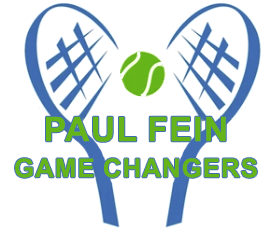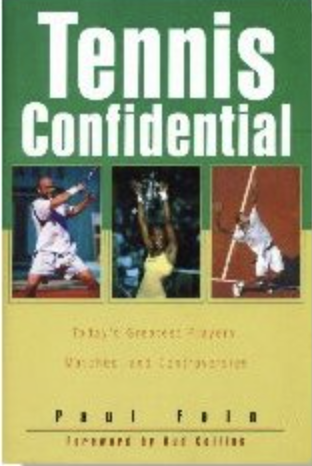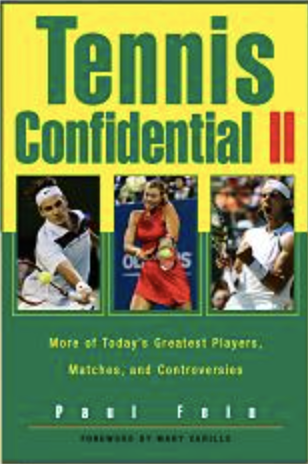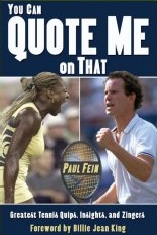Analyzing “Strategic Genius” Daniil Medvedev
Hits: 61
“In no other sport are the strategic possibilities so numerous, the ways to outwit your opponent so rich and varied within the accepted sportsmanlike bounds.” – Sarah Palfrey, a clever strategist who won 18 Grand Slam titles in singles and doubles
When world No. 3 Daniil Medvedev was dominating the second set of his Paris Masters match against Alex de Minaur, Tennis Channel analyst Paul Annacone averred, “Medevev is a strategic genius when it comes to playing points. He knows just what he wants to do. He is such an anomaly. It’s tough to figure him out.”
The 6’6” Russian, nicknamed “The Octopus” because his long arms and legs seem to go everywhere to reach and envelop almost every ball, has somewhat unorthodox but solid groundstrokes. Even more unconventional, though, is his positioning. After two sets, Medvedev averaged standing from zero to 6 feet behind the baseline for 56% of his shots and 23% of the time more than 6 feet behind the baseline. He stood inside the baseline only 21% of the time. He returns serve from 10 to 15 feet behind the baseline.
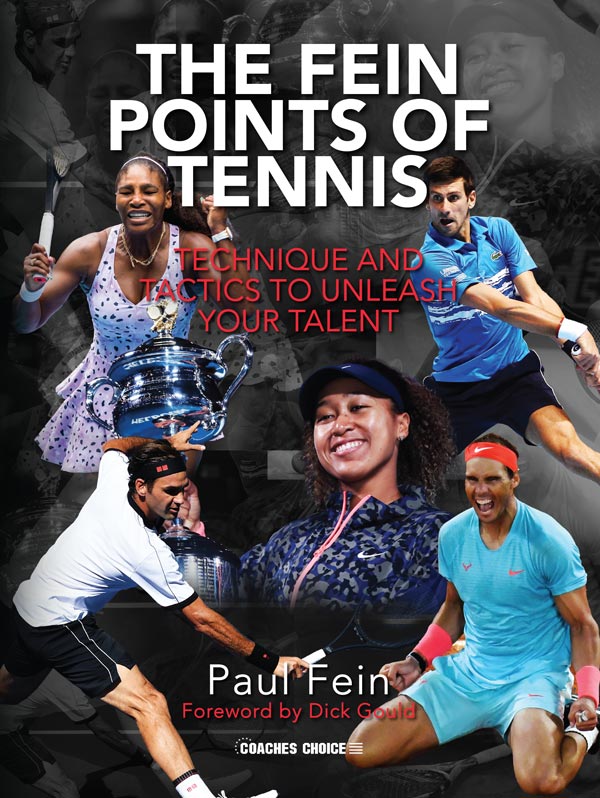 His unconventional game, which brought him titles at the 2021 US Open title and the 2020 ATP Finals, consists of speedy, agile, high-percentage baseline counter-punching, a big first serve, a mediocre volley, and an improved drop shot. The conventional wisdom is that the chess-loving 26-year-old is one of the smartest players on the tour.
His unconventional game, which brought him titles at the 2021 US Open title and the 2020 ATP Finals, consists of speedy, agile, high-percentage baseline counter-punching, a big first serve, a mediocre volley, and an improved drop shot. The conventional wisdom is that the chess-loving 26-year-old is one of the smartest players on the tour.
But is that reputation justified? Is Medvedev that tough to figure out?
Since losing a five-set final to Rafael Nadal at the 2022 Australian Open, he’s gone 0-5 against top-10 opponents. Why?
We found out some important things during Medvedev’s 6-4, 2-6, 7-5 loss to No. 25 De Minaur in Paris.
First, his too-deep positioning during baseline rallies hurt him in several ways. It prevented him from dominating rallies. His groundstrokes lost some of their power during their long flight. It was harder for him to produce sharp angles. It has more difficult to execute drop shots and to reach short balls. It caused him to hit short balls himself. It’s also hard to hit passing shots, particularly crosscourt, from deep positions.
Second, though Medvedev can run his opponents around, he lacks a knockout punch to end points quickly with one shot. That creates long rallies, especially against other counterpunchers like the tenacious, speedy De Minaur. Long rallies aren’t necessarily good for the Russian, though, because he often gets tired before his opponents do. Oddly enough, he’s a counterpuncher who admitted he doesn’t like to run.
Hard courts are Medvedev’s forte. But his game hasn’t worked well elsewhere, as he’s never gone past the quarterfinals at Wimbledon or Roland Garros.
The undersized De Minaur, who had never beaten a top-5 foe in 18 previous matches, came to net 18 times in the deciding set and volleyed well, as Medvedev often missed or under-hit passing shots.
Afterward, the underdog Aussie said, “I just played very smart. I knew it was going to be a chess match out there, both baiting each other to be aggressive, but you also didn’t want to be too aggressive at times. It was an absolute battle and I’m very happy I was able to come out on top.”
De Minaur outsmarted and checkmated Medvedev, just as some other players have learned to figure out how to do it in different ways, including serving and volleying.
Unless Medvedev improves his backcourt positioning, develops a knockout shot, and improves his flawed volley, he won’t win another major.
